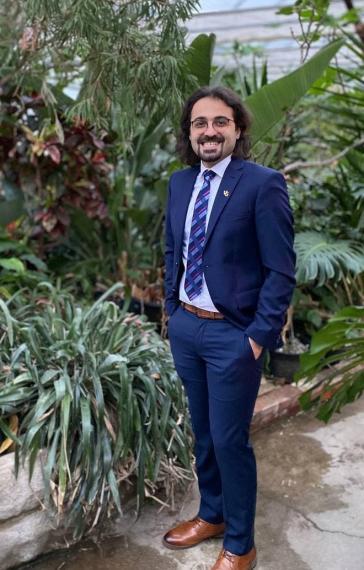A New Discovered Catalyst Has Potential to Directly Transform Food and Agricultural wastes into Gasoline

Researchers at the Bio-Renewable Innovation Lab (BRIL) at the School of Engineering of the University of Guelph have discovered a ternary 3D composite that has the potential to be much less expensive and more efficient for many industrial applications, including bio-energy and refining, polyolefins and plastics, energy storage as well as petrochemical and other chemical manufacturing sectors.
A recent Chemical Engineering (IF: 10.652) article about the research, “Design of a ternary 3D composite from hydrochar, zeolite and magnetite powder for direct conversion of biomass to gasoline,” expands on their previous work developing advanced biofuels from organic waste. Last summer, BRIL provided fundamental insight and offered an important guideline for the future design of a composite composed of hydrochar and zeolite to harness cranberry pomace as potential bioenergy and/or hydrochar source. With this in mind, Omid Norouzi, lead author and a Ph.D. student in the school of engineering, under the supervision of Prof. Animesh Dutta, could successfully synthesize and apply such advanced composites in the hydrothermal conversion of Guelph River algae into biofuel. Traditionally this has been accomplished with catalysts that use transition or precious metals, many of them expensive and low in natural abundance.
Omid has authored more than 35 publications, including 30 peer-reviewed journal papers and 2 book chapters, and holds 2 international patents. In 2019, he received the Ontario Ministry of Agriculture Food and Rural Affairs (OMAFRA) and Mitacs Globalink Research Awards. He is guest editor of Catalysts journal and active reviewer of ISI journals.
‘The modification is an important step in the entering of the chemical industry, although it cannot be used right away in existing chemical processes, as further research is required. What makes this study particularly innovative in the field is the approach taken to catalysts.,’ explained Prof. Animesh Dutta, head of BRIL and corresponding author of the paper.
Along with Omid, authors of the Chemical Engineering and Energies articles include Mohammad Heidari, Francesco Di Maria, Mario M. Martinez, and Animesh Dutta. The team’s research was funded by the OMAFRA.
‘Our next step is to collaborate with the University of Edinburgh and the UK Biochar Research Center (UBRC) to scale up the manufacturing process of such advanced composites. This project will be supported in part by the Mitacs Globalink Research Award,’ Omid said.
This article was originally published at: https://www.sciencedirect.com/science/article/abs/pii/S1385894720344351